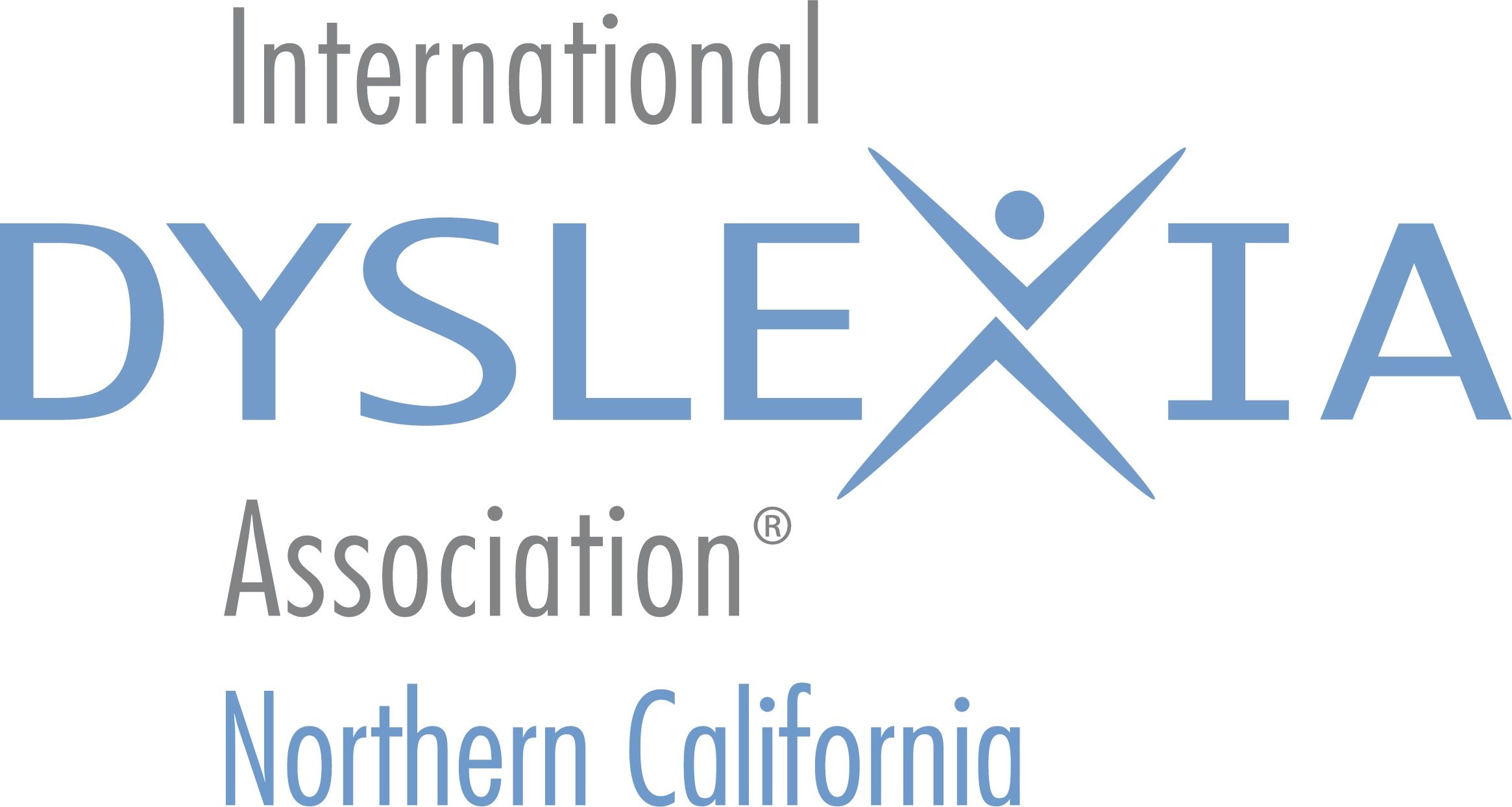California Dyslexia Law…
Information for Educators & Schools
What is the new law?
California passed AB 1369 into law in 2015. It includes two parts:
- A requirement that the California Superintendent of Instruction develop program guidelines for dyslexia. These are to be used to assist teachers and parents to identify and assess pupils with dyslexia and to plan, provide, evaluate and improve educational services to pupils with dyslexia. The Guidelines were published on August 14, 2017.
- A requirement that the State Board of Education include “phonological processing” in the description of basic “psychological processes” when assessing students for special education eligibility. This section of the law went into effect January 1, 2016. This is important because difficulties with phonological processing is one of the key features of dyslexia.
What is Structured Literacy and how is it different from what I am currently using for reading instruction?
The term Structured Literacy has been adopted by The International Dyslexia Association (IDA) and others to describe instructional approaches that teach students explicit and systematic strategies for decoding and spelling words. This term is used to differentiate it from commonly used teaching methods (e.g.,Balanced Literacy or Guided Reading) that have not proven effective with students who have dyslexia. The State Dyslexia Guidelines recommend that Structured Literacy approaches be used for students with dyslexia. Read more about Structured Literacy.
IDA has published a matrix that lists examples of recommended Structured Literacy programs/approaches with their characteristics.
How do I know if a student in my class needs Structured Literacy?
The State Dyslexia Guidelines recommend universal screening to identify students at risk of dyslexia as early as kindergarten. Screening should cover the areas of phonemic awareness, alphabet knowledge, phoneme-grapheme and grapheme-phoneme association, single word decoding of real words and predictable non-words, rapid naming, reading comprehension and oral reading fluency. Universal screening is an essential component of a Multi-tiered System of Support (MTSS), and is the first step in identifying which students may need Structured Literacy.
Does my student need to have an IEP to receive Structured Literacy?
The State Dyslexia Guidelines recommend Structured Literacy for all students with dyslexia. Students who are not eligible for an IEP may be eligible for a 504 plan as part of the federal civil rights law prohibiting discrimination against public school students with disabilities. There is no standard 504 plan that is required by law. Every school district handles 504 plans differently. Contact your district’s 504 plan coordinator to get more information on how these plans are used in your district for students with dyslexia.
How can I learn more?
- Host an Experience Dyslexia™ Workshop at your school – This can be a powerful way to share the experience students with dyslexia face every day in their classroom.
- Become trained in Structured Literacy – Our website has links to Teacher Training. Scholarships may be available for teachers who want to attend Structured Literacy trainings. Many trainings are offered in the summer.
- Familiarize yourself with the Knowledge and Practice Standards for Teachers of Reading. These standards were created by the International Dyslexia Association for classroom teachers and dyslexia specialists.
- Become a Structured Literacy Teacher. This involves passing a standardized test, demonstrating knowledge of the principles of Structured Literacy. More information can be found The Center for Effective Reading Instruction.
- Read Dyslexia in the Classroom: What Every Teacher Needs to Know. This document was developed to give teachers a better understanding of dyslexia.
- Become a member of the International Dyslexia Association. Become part of a bigger community supporting students with dyslexia.
- Read books on dyslexia and related language based learning disabilities. Here are some recommendations:
- Overcoming Dyslexia by Sally Shaywitz
- Reading in the Brain: The New Science of How We Read by Stanislas Dehaene
- Proust and the Squid: The Story and Science of the Reading Brain by Maryanne Wolf
- Multisensory Teaching of Basic Language Skills by Beverly J. Wolf
Share this page with your friends…













